Occupational Safety Training for Operating MRI Machines
99,000 ₫
Note: The above price is calculated per person and may vary depending on the number of trainees participating in the course and market fluctuations. For more accurate pricing support, please refer to the pricing list or contact our consulting staff directly.
Occupational safety is an important issue when operating the MRI (Magnetic Resonance Imaging) machine and needs to be addressed promptly to ensure the health and safety of workers and enhance the reputation of businesses here. The Occupational Safety Training is one of the effective solutions to raise awareness on how to prevent occupational accidents for workers operating the MRI (Magnetic Resonance Imaging) machine.
Table of Contents
Toggle1. Overview of MRI Machines (Magnetic Resonance Imaging)
a. What is an MRI Machine (Magnetic Resonance Imaging)?
MRI (Magnetic Resonance Imaging) machines are medical devices widely used to create cross-sectional images of the human body and internal structures without using X-rays or any other ionizing radiation. Instead, MRI uses strong magnetic fields combined with radio waves to generate images. Modern MRI machines can often produce high-resolution images, providing detailed information about the structure and function of body parts.
MRI can image many parts of the body, including the brain, spine, joints, muscles, heart, liver, and many other organs. This technology is commonly used in medical diagnostics to help physicians identify health problems, such as diseases, injuries, or normal body variations.

b. How an MRI Machine Works (Magnetic Resonance Imaging)
The operating principle of an MRI machine is based on the interaction between a strong magnetic field and atoms in the body, especially hydrogen atoms (1 proton) in water molecules. Under the influence of the magnetic field and radio waves, these atoms move and emit signals, which are then used to generate images of the body.
Here is a detailed analysis of how an MRI machine works:
- Creating a strong magnetic field (B0): The MRI generates a strong magnetic field, typically ranging from a few to several tens of Tesla (T). This field causes the atomic spins in the body to be displaced from their equilibrium state.
- Excitation by radio waves (RF): A radio wave is applied simultaneously with the strong magnetic field. The radio wave frequency corresponds to the Larmor frequency of atoms in the magnetic field. When excited, the atoms move out of equilibrium.
- Signal emission (MR Signal): When the radio wave is turned off, atoms return to equilibrium and emit signals. These signals are recorded and analyzed.
- Signal processing and image formation: Signals from body atoms are collected by receiver antennas and converted into images using image processing algorithms. These images show how body structures respond to the magnetic field and radio waves, providing information about the structure and properties of tissues and organs.

c. Industries Using MRI Machines (Magnetic Resonance Imaging)
MRI is an important technology in the medical field and is widely used across various specialties:
- Medicine: MRI is used to diagnose and monitor many different conditions. It can generate detailed images of the brain, spine, joints, muscles, heart, liver, kidneys, uterus, prostate, and many other organs and tissues. MRI is also used to track disease progression, assess therapy effects, and guide complex surgeries.
- Medical research: MRI plays a key role in understanding body structure and function and in developing and evaluating new treatments.
- Sports medicine: MRI is used to evaluate injuries and abnormalities in athletes and physically active people, helping to identify muscle, ligament, and joint injuries for treatment and recovery.
- Pharmaceutical research: MRI is used to monitor the effects of new drugs and therapies and to evaluate their impact on the body.
- Veterinary medicine: MRI is also used in animal research and diagnostics, such as studying diseases and animal biology.

2. Overview of Occupational Safety Training for MRI Operation (Magnetic Resonance Imaging)
a. What is Occupational Safety Training?
- Occupational safety training for operating MRI machines provides sessions to equip workers with awareness on preventing workplace accidents. Workers directly handling MRI machines belong to Group 3.
- The training helps workers identify and avoid hazards, minimizing the risk of workplace accidents during operation.
REGISTER FOR OCCUPATIONAL SAFETY TRAINING SERVICE
b. Training Duration
Initial safety training:
- Total training time is at least 24 hours, including testing.
- 8 hours of theory on policies and labor safety regulations
- 8 hours of theory on basic occupational safety knowledge
- 4 hours of theory on specialized training content
- 2 hours of practical training on specialized content
- 2 hours of final theoretical test
The training center will arrange multiple sessions depending on workers’ availability. Typically, there are 6 sessions over 3 days if continuous scheduling is feasible.
Periodic safety training:
- Before the occupational safety card expires, workers must take periodic safety training with at least 50% of the initial training duration.
Explanation: Total periodic training time is at least 12 hours, including testing. After completing the training and passing the test, workers will have their safety card reissued and extended.
c. Training Content
| No. | TRAINING CONTENT | TRAINING TIME (HOURS) | |||
| Total | Including | ||||
| Theory | Practical | Test | |||
| I | Policies and labor safety regulations | 8 | 8 | 0 | 0 |
| 1 | Overview of legal documents on occupational safety and hygiene. | 6 | 6 | ||
| 2 | Standards and technical regulations on occupational safety and hygiene. | 1 | 1 | ||
| 3 | Specific regulations from state authorities regarding safety and hygiene when building, expanding, or renovating production facilities, handling machines, equipment, materials, and substances requiring strict safety standards. | 1 | 1 | ||
| II | Basic Occupational Safety Knowledge | 8 | 8 | 0 | 0 |
| 1 | Basic knowledge of hazards and harmful factors in the workplace. | 4 | 4 | ||
| 2 | Methods to improve working conditions. | 1 | 1 | ||
| 3 | Safety culture in production and business. | 1 | 1 | ||
| 4 | Rights and responsibilities of employers and employees; safety policies and hygiene measures for employees; functions of safety networks. | 1 | 1 | ||
| 5 | Workplace safety rules, signs, instructions, use of safety equipment and personal protective equipment; first aid and occupational disease prevention skills. | 1 | 1 | ||
| III | Specialized Training Content | 6 | 4 | 2 | 0 |
| Comprehensive knowledge of machinery, equipment, hazardous substances; risk assessment and management; safe procedures for handling machines and substances requiring strict safety standards. | 6 | 4 | 2 | ||
| IV | Final Safety Test | 2 | 2 | 0 | 0 |
| Total | 24 | 22 | 2 | ||
See more training content for all 6 groups
d. Occupational Safety Card
After completing the training and passing the test, workers will be issued an occupational safety card (commonly referred to as Group 3 occupational safety certificate).
The Group 3 card shows personal information, date of birth, job, work environment, training duration, red seal, and signature confirming training completion.
According to Clause 2 of Article 24 of Decree 44/2016/ND-CP, there are two cases:
- If the employer and employee have an employment contract, the employer must sign and stamp the card after the employee completes training and passes the test.
- If the worker is freelance or seasonal, without an employment contract, the training unit must sign and stamp the card after the worker completes training and passes the test.

3. Hazards for Workers Operating MRI Machines (Magnetic Resonance Imaging)
Operating MRI machines (Magnetic Resonance Imaging) requires strict adherence to safety measures to ensure worker safety. Below are some common hazards that workers may face when operating MRI machines:
- Effects of strong magnetic fields: MRI machines generate strong magnetic fields to create images, and exposure to these fields can affect health. Workers must follow safety instructions regarding strong magnetic fields and avoid direct exposure without proper protective equipment.
- Electrical safety hazards: MRI machines operate at high voltages and can create dangerous situations if not handled properly. Workers need thorough electrical safety training and must follow safety procedures when working near electrical equipment.
- RF (Radiofrequency) hazards: RF waves used during imaging can induce currents in the body, especially if metal or conductive implants are present. This can cause heating or bodily stimulation if safety guidelines are not followed.
- Working in a strong magnetic field environment: Prolonged work in a strong magnetic field can cause dizziness, nausea, headaches, and discomfort. People with medical implants such as pacemakers, defibrillators, or metal implants may be at risk if safety instructions are not followed.
- Chemical and material hazards in the MRI room: Some materials and chemicals in the MRI room may be harmful if not used correctly. Workers must be trained to safely use and handle these materials and chemicals.
To minimize these hazards, medical facilities and organizations must implement safety measures, train workers properly, provide appropriate protective equipment, and comply with safety regulations and guidelines related to MRI operation.
4. Occupational Accident Control Measures for Operating MRI Machines (Magnetic Resonance Imaging)
To control occupational accidents when operating MRI machines, a series of specific safety measures must be implemented. Key measures include:
- Training and education: Provide comprehensive and ongoing training for all staff on MRI safety. Training should cover safety rules, accident prevention measures, use of protective equipment, and emergency response.
- Use of protective equipment: Ensure all MRI operators are provided with and use full protective equipment such as reflective vests, safety goggles, and helmets to protect against strong magnetic fields and other hazards.
- Hazard identification and elimination: Assess and identify potential hazards related to MRI operation, including strong magnetic fields, electrical hazards, and exposure to chemicals and materials in the working area. Implement measures to eliminate or minimize these risks.
- Compliance with safety guidelines: Ensure all staff comply with safety guidelines and operating procedures, including magnetic field safety, electrical safety, and safe handling of materials and chemicals.
- Regular inspection and maintenance: Perform regular checks and maintenance of MRI machines to ensure safe and efficient operation. Ensure safety devices such as sensors and emergency systems are functioning properly.
- Emergency response and incident handling: Train staff on handling incidents and emergencies related to MRI operation, including shutting down the machine, providing first aid, and reporting incidents to authorities.
- Periodic inspection of MRI machines to detect safety issues early, such as mechanical wear or malfunctions, thereby reducing the risk of occupational accidents.

5. Benefits of Occupational Safety Training
An Toàn Nam Việt provides your business with the following benefits after completing occupational safety training courses in accordance with Decree 44/2016/ND-CP on occupational safety and hygiene:
- Workers can identify potential occupational hazards and take preventive measures to avoid accidents.
- Businesses can establish risk prevention measures in production, operation, and maintenance processes.
- Minimizes costs associated with safety risks in the workplace.
- Continuous production ensures higher productivity and product quality.
- Compliance with labor safety laws reduces legal risks.
- Enhances reputation and professionalism, boosting the company’s brand image.
Nam Việt’s training courses help individuals prevent external hazards, avoiding injuries or, in severe cases, death.
REGISTER FOR OCCUPATIONAL SAFETY TRAINING SERVICE
6. Customer Feedback After Completing Training
An Toàn Nam Việt has years of experience supporting businesses in Vietnam, particularly in the southern provinces. This responsibility is highly valued, and thus our occupational safety training has become increasingly professional. Our growth is driven by positive feedback and constructive suggestions from our clients. Below are some testimonials from partners we have served.
See more customer interviews after using our services at An Toàn Nam Việt
7. Occupational Safety Training Competence of An Toàn Nam Việt
An Toàn Nam Việt is a reputable and high-quality occupational safety training center in Vietnam. Continuous training sessions are conducted at workshops, factories, or construction sites across all 63 provinces.
REGISTER FOR OCCUPATIONAL SAFETY TRAINING SERVICE
License for occupational safety training
- An Toàn Nam Việt has been inspected and certified by the Department of Safety under the Ministry of Labor – Invalids and Social Affairs, confirming our capacity for occupational safety training.

Training Materials and Lectures
- All materials for OST courses are reviewed to ensure accuracy and effectiveness.
- Teaching methods are standardized according to An Toàn Nam Việt standards, developed by experts to maximize learning outcomes.
Facilities
- Controlling classroom factors improves teaching efficiency and trainee learning.
- Our training facilities provide spacious classrooms with standard lighting, equipment, and other necessities.
8. Nationwide Reputable Safety Training Center
At An Toàn Nam Việt, we prioritize professional occupational safety training. Sharing knowledge for workers to protect themselves contributes to national development.
We meticulously prepare every detail—from tools, teaching equipment, curriculum, materials, to sound and lighting.
Our instructors are experts with years of experience and research on hazards across industries.
Lectures are practical, engaging, and easy to understand, ensuring comfortable learning and effective knowledge transfer. All content follows Decree 44/2016/ND-CP.
Our Safety Training Center provides professional, reputable occupational safety training with advantages such as:
- Competitive costs without compromising quality.
- Flexible schedules for company needs.
- Quick and compliant certification procedures.
- Experienced instructors.
- Controlled classrooms for efficient learning.
- Lectures tailored to corporate occupational safety needs.
- Dedicated, professional support for clients.

9. Additional Occupational Safety Training Materials
- Occupational Safety Training Materials Set
- Occupational Safety Materials for Operating MRI Machines (Magnetic Resonance Imaging)
- Occupational Safety Training Test Set
- Occupational Safety Quiz for Operating MRI Machines (Magnetic Resonance Imaging)
- Slides for Occupational Safety Training on Operating MRI Machines
1 review for Occupational Safety Training for Operating MRI Machines
No comments yet

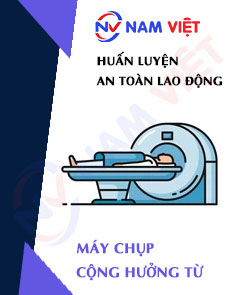
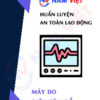




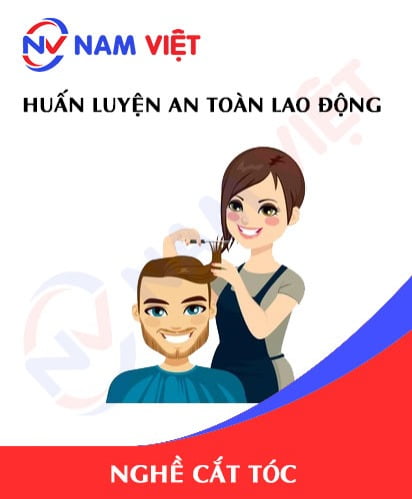

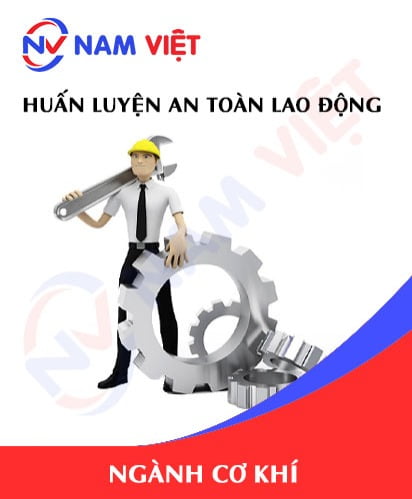
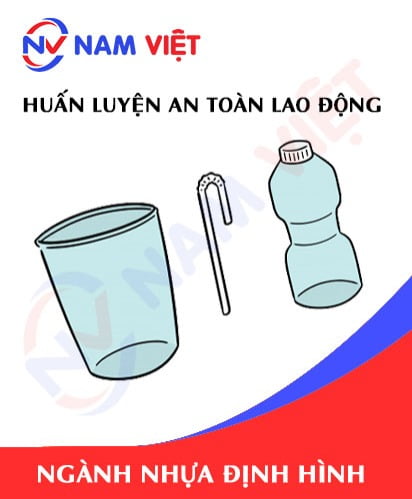
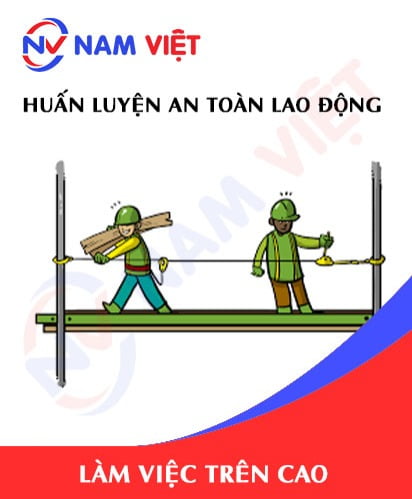



phanminhhang341
Dịch vụ tốt!!!